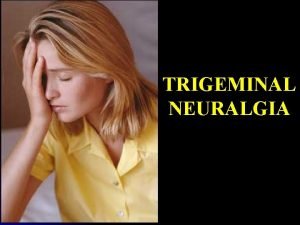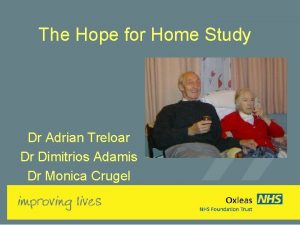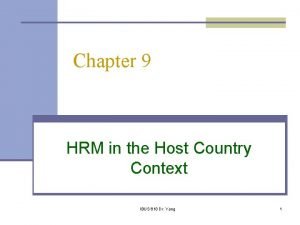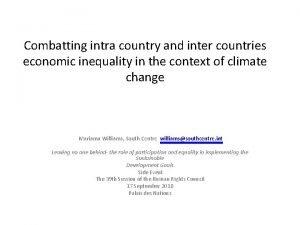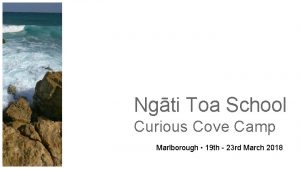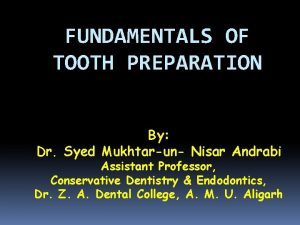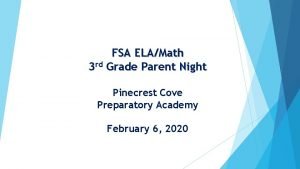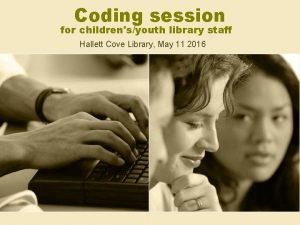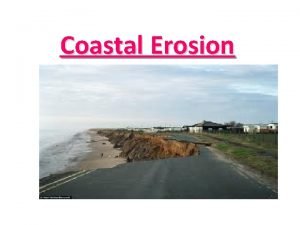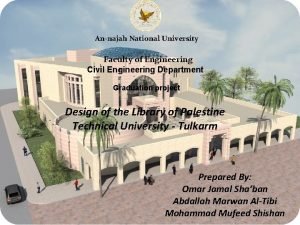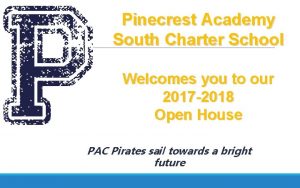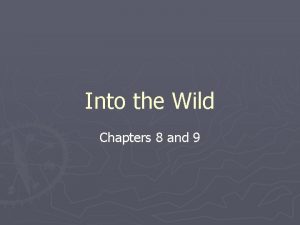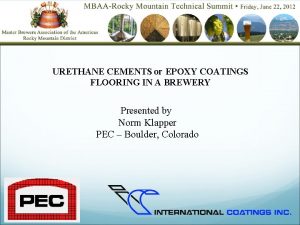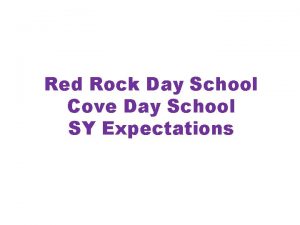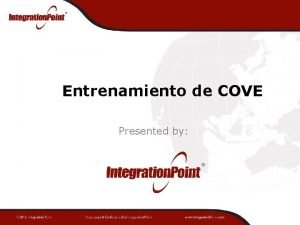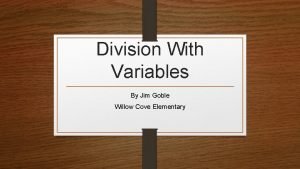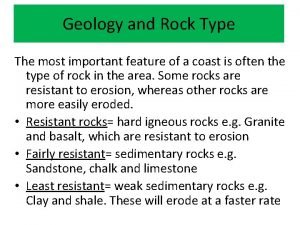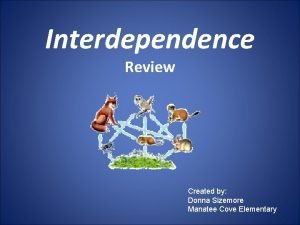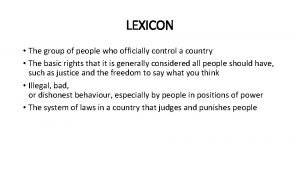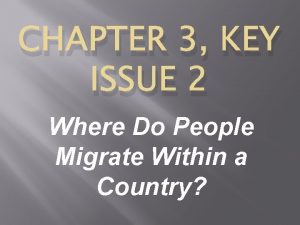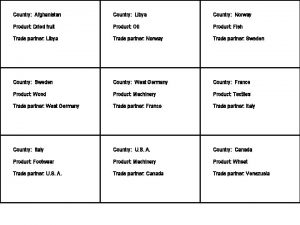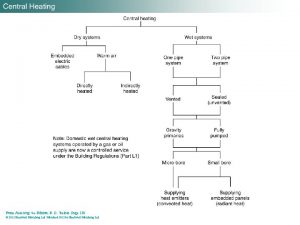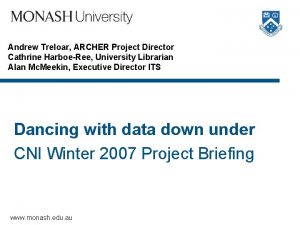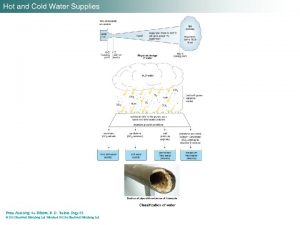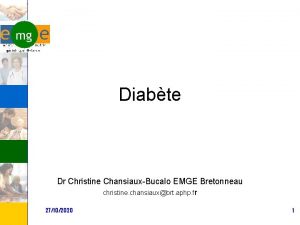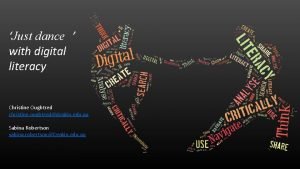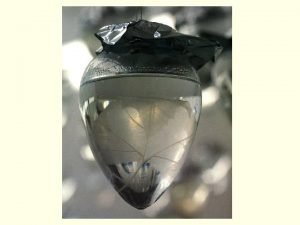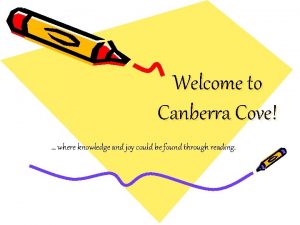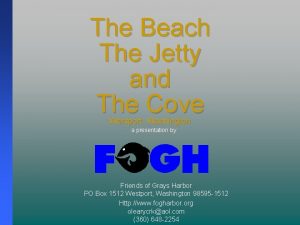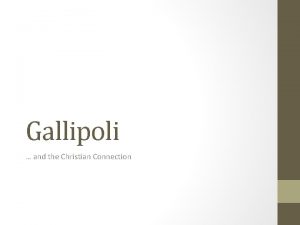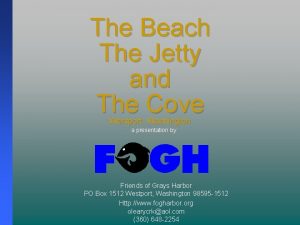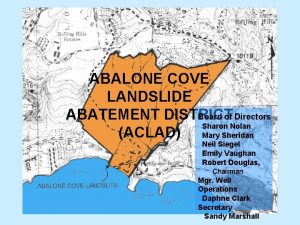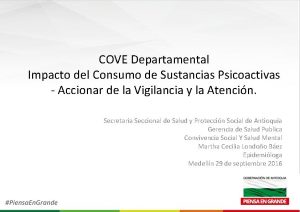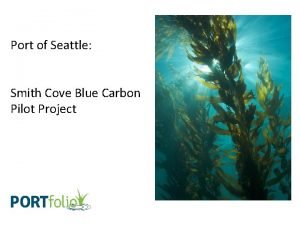Risdon Cove Country and people Christine Treloar 991392
![Risdon Cove Country and people Christine Treloar 991392 Everett, S. Tasmanian Aboriginal Centre [TAC]. Risdon Cove Country and people Christine Treloar 991392 Everett, S. Tasmanian Aboriginal Centre [TAC].](https://slidetodoc.com/presentation_image_h/140440a37185828ffd8a588ec2481b6c/image-1.jpg)

























- Slides: 26
![Risdon Cove Country and people Christine Treloar 991392 Everett S Tasmanian Aboriginal Centre TAC Risdon Cove Country and people Christine Treloar 991392 Everett, S. Tasmanian Aboriginal Centre [TAC].](https://slidetodoc.com/presentation_image_h/140440a37185828ffd8a588ec2481b6c/image-1.jpg)
Risdon Cove Country and people Christine Treloar 991392 Everett, S. Tasmanian Aboriginal Centre [TAC]. Risdon Cove egret.

Warning The following presentation may contain images of deceased Aboriginal and Torres Strait Islander people.

This presentation will: Consider the events at Risdon Cove on May 3, 1804 from multiple perspectives and Examine the long -term historical impact of these perspectives

In 1803 British Naval Lieutenant John Bowen landed at Risdon Cove, Van Diemen's Land. He was accompanied by 48 men, women and children. Two months later Lieutenant William Moore arrived with another party, almost doubling the population. They were there because the British wanted to offset French expansion in Van Diemen's land. (Owen, 2010, p. 3). National Library of Australia. (1848) Looking down to Risdon Cove and the Derwent by E. C Stanley.

Five months later Lieutenant -Colonel David Collins, the colony's Lieutenant – Governor designate arrived at Risdon. He disliked the site of Risdon Cove, as it had little fresh water. On February 20, 1804 he landed at Sullivan Cove and established the settlement that would later become Hobart. Moore and Bowen remained in Risdon Cove with approximately 100 convicts, soldiers and free settlers. (Owen, 2010, p. 21). http: //en. wikipedia. org/wiki/Risdon_Cove

The Indigenous people of Tasmania have nine different nations. Risdon Cove lay in the territory of the Oyster Bay people and was home to the Moo-Mairemener tribe. (image) band. http: //en. wikipedia. org/wiki/Aboriginal_Tasmanians/wiki/Aboriginal_Tasmanians

We have two written accounts from British witnesses recording the events of May 3, 1804. ● a note from Mr Mountgarrett, the surgeon at Risdon Cove, and ● a report to the Lieutenant -Governor from Lieutenant Moore, who was then in charge of the settlement at Risdon Cove, as Bowen was away for a short time. ● The Reverend Robert Knopwood also recorded details in his diary – however he was in Sullivan's Cove at the time.

Lieutenant Moore came from Risdon that evening and gave Knopwood a note from Mr Mountgarrett. In the note he states: ● a large number of natives descended on the settlement intent on attack ● the number was not less than ‘five or six hundred’ ● three natives were killed. He has in his keeping a 2 year old orphaned native child. (Owen, 2010, pp. 23 -23)

Lieutenant Moore gave Collins a written report 3 days later. In ● ● ● it he states that; the natives were armed with spears they were intent on harm the carronade was fired to ‘scare and disperse them’ ● two natives were killed (Owen, 2010, p. 32)

These are the only documented witness accounts ● Why do we give written evidence so much more credence than spoken evidence? ● How easy is it to claim that something is heresy, myth, lies, fabrication or embellishment if it is not recorded in a textual form? ● This took place over 200 years ago. Why is this important today?

There are no written accounts from Indigenous witnesses, this was not part of their culture. For thousands of years before Europeans arrived, Tasmanian Aboriginals maintained their culture through an oral and artistic tradition, not a written or text based tradition. (Baird, 2008, p. 5). The Aboriginal account has been recorded this way and is far different to the accounts of Moore and Mountgarrett.

The following is taken from the educational resource ‘Gumnuts to buttons’ Oyster Cove, 1804. There was going to be an important ceremony at the camp of the Moo -Mairemener people tonight. A big mob of people will be there including people from the Big River nation…. Hundreds of us formed a long line. . . and drove the kangaroos. . . towards the river. . . for tonight's feast. . . we saw strange shelters. White faced people were. . . holding lightning sticks. . . this frightened us. . . All of a sudden there was much thunder. . . our people began falling and bleeding. Two giant lightning sticks went off and many of our people fell dead. (p. 10).

‘New songs were sung about that day’ ‘They were far different than the songs of the Kangaroo hunt that they had looked forward to. Our Story had changed. ’ (Tasmanian Aboriginal corporation [TAC])

‘They looked at me with all their eyes’ (Owen, 2010, p. 48). Only one British person supported this side of the story. At a government inquest, 26 years later Edward White gave evidence contrary to Moore and Mountgarret. He was a convict in Risdon who claimed to witness the incident. His testimony has been largely discredited by historians and authors.

Edward White told the inquest: ● ● ● The natives did not attack the soldiers They were hunting Kangaroo There were men, women and children They meant no harm A ‘great many were slaughtered’ Mountgarret sent their bones to Sydney packed in lime. (Owen, 2010, p. 48)

Points to consider Apart from White, all those reporting had reasons to minimise the nature of the affray, given the specific instructions to colonial administrators to act humanely towards indigenous peoples' (Calder, 2010, p. 114). 'Since the British government did not consider the Aborigines a civilised people, they had none of the rights of a conquered nation. They were British subjects without the rights to British citizenship' (Ryan, 1981 p. 73).

There are many books and articles written about the Risdon Cove massacre that have examined the witness statements and used them to create a single perspective. Most credit Mountgarret and Moore. The 'Master narrative' (Beattie, 2013, p. 60), that which is the perspective of the dominant group or community in society and which is thus thought to be the most 'credible' has, throughout Tasmanian history, overshadowed the Indigenous narrative of the Moo-Mairemener people. The Indigenous perspective has always been there, however as was a minority narrative it has not always been heard and given the same credence, particularly since the myth Tasmanian Aborigines 'became extinct' entered the master narrative. This myth has been dispelled, although it 'died hard'. ( Ryan, 1981, p. 1).

Aboriginal Tasmanians wanted their side of the story acknowledged. This led to clashes with those who thought of Risdon as a significant Historical site for European settlers. ‘ I couldn’t believe it when the government wanted to celebrate what went on by enacting the invasion. . . we were angry. . police grabbed one of us. . . then it got a bit nasty. They raised the union Jack. It made me want to cry. Didn’t they get it? ( TAC)

Handed back In 1995, then Tasmanian premier Ray Groom handed back 12 sites in Tasmania, Risdon Cove among them, to Aboriginal Tasmanians. ‘It was a special day, that day. We all went over to Risdon Cove. Blackfellas came up from the coast, the islands, all over. They handed our land back to us’ (TAC)

Since 1995. . . The Risdon site now has an Aboriginal community and child centre. The Tasmanian Aboriginal centre is focusing on cultural and natural heritage management, weed and feral animal control at the site. There is a flag raising every NAIDOC week. ‘I enjoy showing people around, especially our youngens. We help them learn about the land. . . through blackfella eyes. I really like working on the land. Our land’. (TAC)

Yet, Many Tasmanians are angry that the 'Historical Site' at Risdon Cove, the first point of British settlement has been handed back for Indigenous Tasmanians to enjoy benefits not available to the rest of the community. (Owens, 2010, p. 86 -7) Tasmanian author Reg Watson is one of these people https: //www. youtube. com/watch? v=Tdh. CUdfw. GNo However - it is important to note that: ‘Most of the obvious ‘ruins’ on the site do not belong to the original settlement. These include the landing stage, the stonework embarkment up the roadway, most of the storehouse ruins and the remains of ‘Restdown’. These all date from Colonel Geil’s occupation of the site in 1812. (Kays, 1983, p. 4). Risdon may be the first site of European settlement-but Sullivan’s Cove was established just 5 months later. The Risdon settlement lasted just 11 months and many of the original buildings were dismantled and taken down. (Kays, 1983, p. 4).

The most important concept regarding Risdon is probably the enduring connection to place that a community feels when there is a combination of tragedy and injustice - and how such tragedy for one cultural group can be considered as a foundational place of origin (of the colony) for another. (G. Lehman, personal communication, September 24, 2014). Palawa Kani song ( Tasmanian Museum and Art Gallery) milaythina nika milaythina-mana tapilti larapuna, tapilti putalina This land is my land From Eddystone Point, to Oyster Cove tapilti kunanyi, tapilti tayaritja From Mount Wellington to the Bass Strait Islands milaythina nika waranta pakana waranta palawa, milaythina nika This land is us blackfellas We blackfellas are this land

Summary We have only 2 documented accounts from the British perspective The Aboriginal perspective differs greatly The inquest was held 26 years after the event The vast majority of History books concur with the British perspective Risdon cove was handed back to the Tasmanian Aboriginal people in 1995 This was after years of protests and calls for recognition The Tasmanian Aboriginal people currently manage the land focusing on cultural and natural heritage ● Some Tasmanians of European descendants are unhappy that the first site of settlement in Tasmania has been handed back and; ● That the site is not managed properly to preserve important Historical and cultural remains ● ● ● ●

Teaching Activity Year 10 History ● Consider both perspectives, the British written accounts and the account from ‘Gumnuts to buttons’( I will give you the full written accounts of both) ● Which perspectives are ‘evidence’ from an historical point of view? What evidence has been discredited because of cultural unawareness? ● In groups of 3 or 4 discuss this question: is Risdon Cove a site of tragedy or foundation? . List the reasons that support your view. Present your findings to the rest of the class.

Year 10 History continued. . . ‘In 1990, Nick Cave and the Bad Seeds released a song that within 11 years was voted one of the Top 30 Best Australian Songs of the previous 75 years. That song was The Ship Song. Now, Sydney Opera House has married this iconic song with the world’s most famous building to celebrate the artists, architecture and interiors that together make Sydney Opera House intrinsic to Australia’s cultural fabric’. (http: //www. sydneyoperahouse. com/about/11 Corporate. Media. Release_The. Ship. Song. Project. aspx ) Watch the Ship Song project For two cultures to truly reconcile they must have an appreciation and understanding of each other. Is this shown in the video? why/not? is this an accurate representation of ‘Australia’s cultural fabric’? Consider the location, the artists (including the dancers) and the instruments in the video. Share your thoughts with the class.

References Baird, A. (2008). Voices of Aboriginal Tasmania: ningenneh tunapry education guide. Tasmanian Museum and Art Gallery. Beattie, G. (2013). Introduction: approaches and avoidance (in) Beattie, G, Our racist heart? : an exploration of the unconscious prejudice in everyday life. Hove East Sussex: Routledge. Calder, C. (2010). Levee, Line and Martial Law: A history of the dispossession of the Mairremmener people of Van Diemen's Land 1803 -1832. Launceston, Tas: Fuller's Bookshop. Kays, M. (1983). Investigating the site of the Risdon Cove settlement. Hobart, Tasmania: Curriculum Centre, Education Department and the National Parks and Wildlife service. Kelly, P. , Williams, M. , Iles, V. , Linton, B. , Hunter, J. , Holden. P. , . . . Howe. G. (2001). From Gumnuts to Buttons. Hobart, Tasmania : The printing Authority of Tasmania. (Aboriginal Elders council of Tasmania and the Aboriginal Education Unit -South Australian Department of Education). Owen, J. (2010). Risdon Cove 3 May 1804: The first British settlement in Van Diemen's Land – what happened that day? . Paddington, NSW: Macleay Press. Palawa Kani Song. Retrieved from: http: //www. tmag. tas. gov. au/learning_and_discovery/learning_resources/online_resources/ningenneh_tunapry/dewayne_singing_tasmanian_aboriginal_so ng Ryan, L. (1981). The Aboriginal Tasmanians. St Lucia, QLD : University of Queensland Press. Tasmanian Aboriginal Centre. Risdon Cove: Aboriginal Land. [ Pamphlet] The Ship song project. Retrieved from: https: //www. youtube. com/watch? v=b. G 7 wb. Afc. KUI IMAGES - all uncredited images are photographs taken at the Risdon Cove site, both of the area and signs/memorials there, by C. Treloar, September 2014.
 Risdon cove massacre
Risdon cove massacre L
L Adrian treloar
Adrian treloar Host country and home country
Host country and home country Intra country vs inter country
Intra country vs inter country Curious cove camp
Curious cove camp Skirt preparation in dentistry
Skirt preparation in dentistry Ixl pinecrest cove
Ixl pinecrest cove Hallett cove library
Hallett cove library Cove formation
Cove formation Cove light symbol
Cove light symbol Pinecrestcove ixl
Pinecrestcove ixl Into the wild chapter 8
Into the wild chapter 8 Cant cove base
Cant cove base Sy cove
Sy cove Cove light
Cove light Formato cove
Formato cove Willow cove dental
Willow cove dental Lulworth cove rock types
Lulworth cove rock types Manatee cove elementary
Manatee cove elementary Intel sunny cove
Intel sunny cove Who do you think are “people media”?
Who do you think are “people media”? The group of people who officially control a country
The group of people who officially control a country A good man is hard to find irony
A good man is hard to find irony Key issue 2: where do people migrate within a country?
Key issue 2: where do people migrate within a country? Black eyed peas where is the love lyrics
Black eyed peas where is the love lyrics Recovery community
Recovery community

